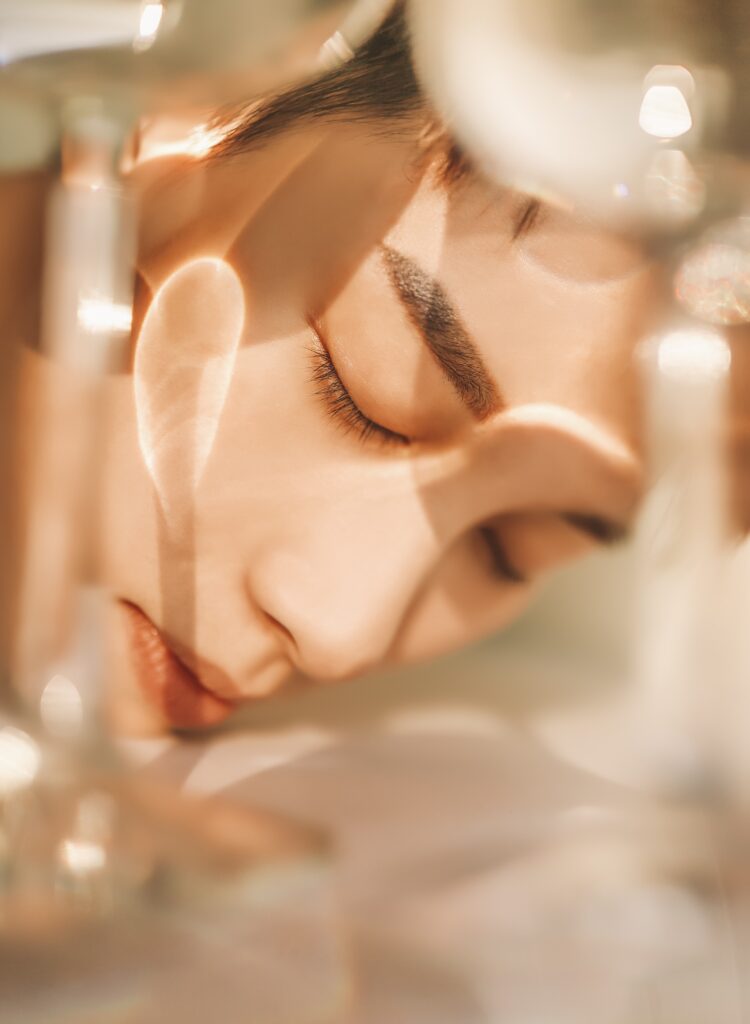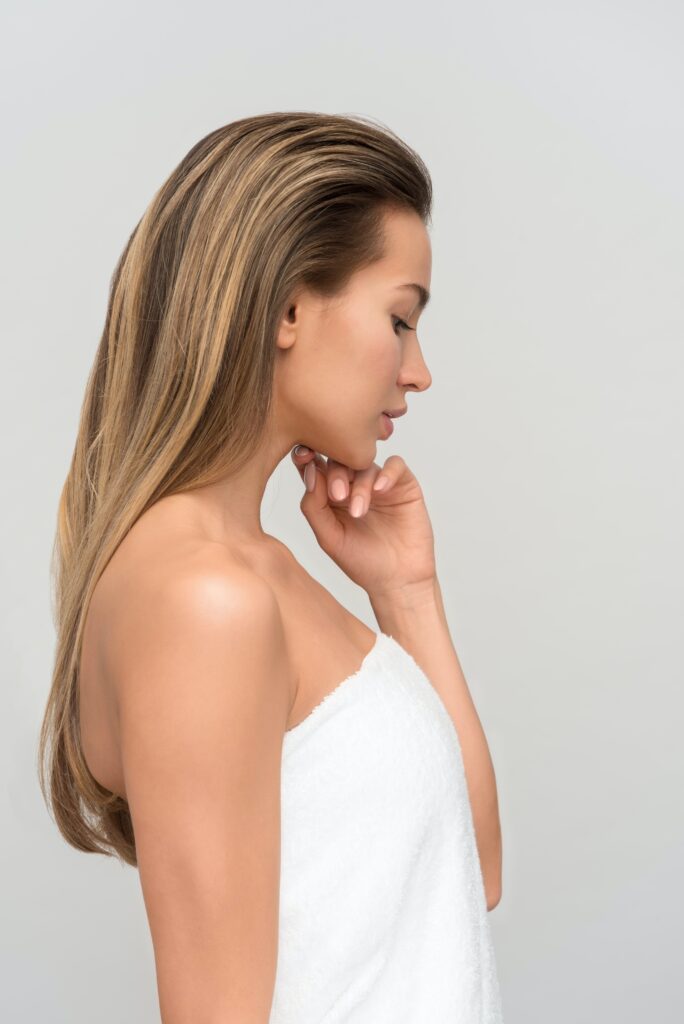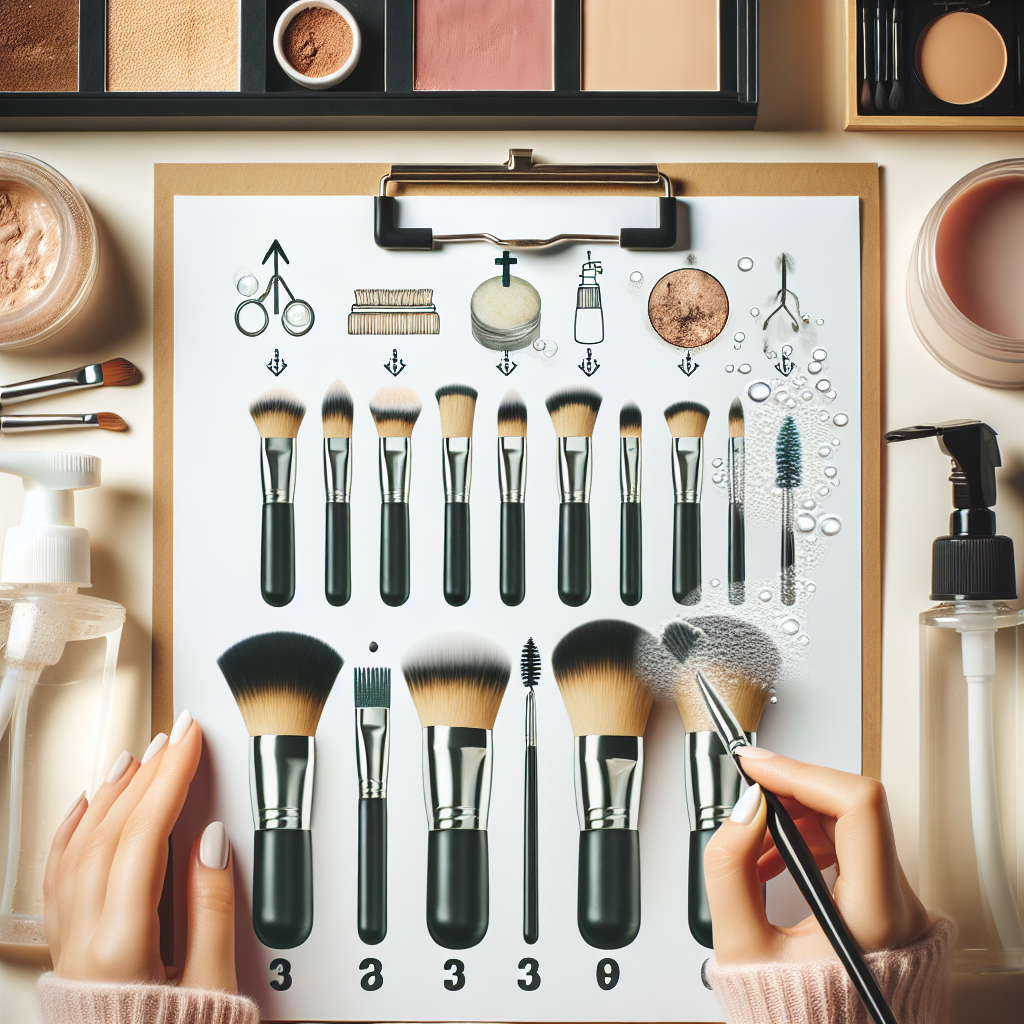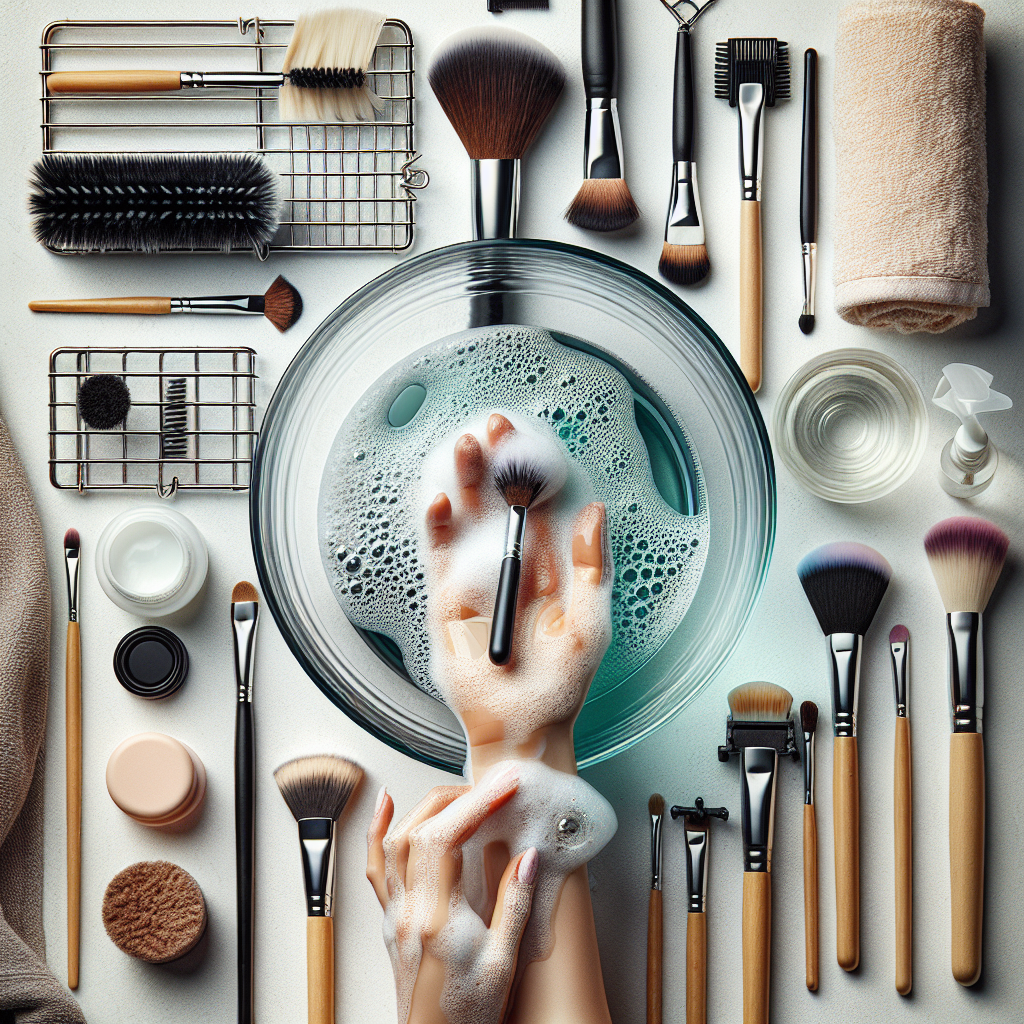You’ve spent precious time perfecting your makeup look, but have you considered the cleanliness of your makeup brushes? If not, it’s time to give them a proper cleanse! Cleaning your makeup brushes regularly not only helps maintain their longevity but also keeps your skin free from bacteria buildup. So, how do you properly cleanse your makeup brushes? Stick around as we share some invaluable tips and tricks to ensure your brushes stay clean and your makeup routine stays flawless.
Why is it important to clean makeup brushes?
Preventing skin irritation and breakouts
Cleaning your makeup brushes regularly is essential in preventing skin irritation and breakouts. When you apply makeup using dirty brushes, you are spreading not only makeup but also bacteria, dirt, oil, and dead skin cells onto your face. This buildup of residue can clog your pores, leading to breakouts and skin irritations such as acne or redness. By keeping your brushes clean, you reduce the risk of these skin problems and promote a healthier complexion.
Preventing the buildup of bacteria
Makeup brushes offer the perfect environment for bacteria to thrive. Every time you use your brushes, they pick up bacteria from various sources, including your skin, the environment, and the products themselves. Without regular cleaning, these bacteria continue to accumulate on the brushes, creating an environment that can breed harmful germs. By cleaning your brushes, you eliminate this buildup and reduce the risk of transferring bacteria onto your skin, preventing potential infections and skin problems.
Maintaining the quality and performance of brushes
Regularly cleaning your makeup brushes not only benefits your skin but also helps to maintain the quality and performance of the brushes themselves. Over time, leftover makeup, oils, and other residue can build up on the bristles, causing them to become stiff, uneven, or less effective. By cleaning your brushes, you remove these residues and ensure that your brushes stay soft, fluffy, and able to apply makeup smoothly and precisely. Proper maintenance of your brushes can also extend their lifespan, saving you money in the long run.

When should I clean my makeup brushes?
After every use
Ideally, you should clean your makeup brushes after every use. This helps to prevent the buildup of makeup and bacteria on the bristles, ensuring that you start with clean brushes each time you apply makeup. By making it a habit to clean your brushes immediately after use, you minimize the risk of transferring old makeup or bacteria onto your face the next time you apply makeup.
At least once a week
If cleaning your brushes after every use seems impractical, a general rule of thumb is to clean them at least once a week. This regular cleaning schedule allows you to maintain cleanliness and prevent excessive buildup of makeup and bacteria on your brushes. By setting aside some time each week to clean your brushes, you ensure that they remain in good condition and provide optimal performance.
More frequently for certain products or skin conditions
In some cases, you may need to clean your makeup brushes more frequently, especially if you use certain products or have specific skin conditions. For example, if you regularly use cream or liquid-based products, these tend to stick to the bristles more stubbornly and require more thorough cleaning. Similarly, if you have sensitive skin or suffer from conditions like acne or rosacea, cleaning your brushes more often can help minimize the risk of triggering flare-ups or irritation.

What do I need to clean my makeup brushes?
To clean your makeup brushes effectively, you will need a few basic items:
Gentle liquid soap or brush cleanser
Choose a gentle liquid soap or brush cleanser that is specifically formulated for cleaning makeup brushes. Avoid harsh chemicals or alcohol-based cleansers, as these can strip the bristles of natural oils and damage the brushes over time. Look for products that are gentle yet effective in removing makeup residue and bacteria.
Warm water
Use warm water to wet the bristles and rinse away the cleanser. Avoid using hot water, as this can damage the bristles or the glue that holds them together.
Clean towel or paper towels
After rinsing your brushes, you’ll need a clean towel or paper towels to gently squeeze out the excess water and pat the brushes dry. Make sure the towel or paper towels are clean and preferably lint-free, as any fibers or debris can transfer onto the brushes.
Optional: silicone brush cleaning pad or glove
While not essential, a silicone brush cleaning pad or glove can be a helpful tool in thoroughly cleaning your brushes. These textured surfaces help to agitate the bristles and remove stubborn makeup residue more effectively. They also provide a convenient place to swirl and lather the brushes without damaging your hands.

How do I clean my makeup brushes?
Follow these steps to properly clean your makeup brushes:
Step 1: Wet the bristles
Start by wetting the bristles of your brush under lukewarm water. Avoid immersing the entire brush in water, as this can weaken the glue and damage the handle. Instead, hold the brush with the bristles pointed downwards and allow the water to flow over the bristles, ensuring that they are fully saturated.
Step 2: Squeeze a small amount of soap or cleanser
Next, apply a small amount of gentle liquid soap or brush cleanser onto your palm or directly onto a silicone brush cleaning pad or glove. Gently swirl the bristles in the soap, ensuring that each bristle is coated.
Step 3: Gently lather the bristles
Using your fingers or the silicone brush cleaning pad, gently lather the bristles in a circular motion. Continue lathering until the soap or cleanser starts to lather and the bristles appear clean. Pay extra attention to the base of the bristles, as this is where most of the makeup residue and bacteria tend to accumulate.
Step 4: Rinse thoroughly
Rinse the bristles under lukewarm water, again ensuring that the water flows downwards and the bristles are thoroughly rinsed. Squeeze the bristles gently to remove any remaining soap or cleanser. Repeat this rinsing process until the water runs clear and all traces of soap or cleanser are removed.
Step 5: Reshape the bristles
After rinsing, gently reshape the bristles using your fingers. This step is particularly important for natural hair brushes, as they can lose their shape more easily. Gently squeeze the bristles from the base to the tips to help reshape them and restore their original form.
Step 6: Remove excess water
Squeeze out the excess water from the bristles using a clean towel or paper towels. Gently press the bristles between the folds of the towel or pat them with the paper towels to absorb the water. Avoid twisting or pulling the bristles, as this can cause them to become misshapen or come loose.
Step 7: Lay flat to dry
Once you have removed the excess water, lay your brushes flat on a clean towel or paper towels to dry. Ensure that the bristles are not touching any surfaces and that they remain separated. This allows for proper airflow and prevents the growth of mold or mildew. Avoid drying brushes in an upright position, as water can seep into the ferrule and loosen the bristles.
Step 8: Optional: Use a brush cleaning pad or glove
For an extra thorough cleaning, you can use a brush cleaning pad or glove during the lathering and rinsing steps. These tools provide textured surfaces that help to agitate the bristles and remove stubborn makeup residue more effectively. Simply follow the same steps mentioned above while using the brush cleaning pad or glove in place of your palms.

Tips for effective makeup brush cleansing
To ensure that your makeup brushes are properly cleansed, here are some additional tips:
Avoid harsh chemicals or alcohol-based cleansers
When choosing a cleanser for your makeup brushes, opt for gentle formulas that do not contain harsh chemicals or alcohol. These ingredients can dry out the bristles and cause damage over time. Look for cleansers specifically designed for makeup brushes, as they are formulated to effectively remove residue and bacteria without compromising the bristles’ integrity.
Use lukewarm water instead of hot water
While it may be tempting to use hot water to clean your brushes, it is best to stick to lukewarm water. Hot water can damage the bristles and weaken the glue that holds them together, leading to shedding or breakage. Lukewarm water is sufficient to effectively rinse away the cleanser and any remaining residue.
Do not soak the entire brush
When cleaning your brushes, avoid soaking the entire brush in water. Immersing the brush can lead to water getting trapped inside the ferrule (the metal part that holds the bristles), which can loosen the glue and cause the bristles to shed or become misshapen. Instead, focus on wetting only the bristles and avoid getting water above the ferrule.
Clean brushes individually
Clean your brushes one at a time to ensure thorough cleaning and prevent cross-contamination of bacteria. Cleaning them individually allows you to focus on each brush and ensure that all residue and bacteria are properly removed.
Be gentle with natural hair brushes
If you have makeup brushes made from natural animal hair, such as goat hair or squirrel hair, it’s important to be extra gentle during the cleaning process. Natural hair brushes are more delicate and can easily lose their shape or become damaged if not handled with care. Take your time with these brushes, and avoid pressing or squeezing too hard when lathering or rinsing.
Avoid getting water inside the ferrule
As mentioned earlier, it’s crucial to avoid getting water inside the ferrule of your brushes. Water trapped in the ferrule can cause the glue to weaken, resulting in shedding or misshapen bristles. To prevent water from entering the ferrule, always hold the brushes with their bristles pointing downward during the cleaning process.
Dry brushes upside down to prevent water damage
To ensure that your brushes dry thoroughly and prevent water damage, it’s best to dry them upside down. This allows any remaining water to drip away from the ferrule and bristles, helping to prevent the growth of mold or mildew. You can either use a brush drying rack or holders specifically designed to hold the brushes upside down, or simply lay them flat on a clean towel or paper towels with the bristles extending slightly over the edge.
Regularly sanitize brushes
In addition to regular cleaning, it’s important to sanitize your brushes regularly, especially if you use them on a daily basis. Sanitizing helps to kill any remaining bacteria that may have survived the cleaning process. You can use a brush sanitizing spray or wipe to quickly disinfect your brushes between deep cleanings.
Consider using brush drying racks or holders
Investing in a brush drying rack or holders can significantly improve the drying process and help prolong the lifespan of your brushes. These tools allow your brushes to dry upside down, ensuring that all excess water drips away from the bristles and ferrule. They also help to maintain the shape of the bristles and prevent any deformation or damage.
Replace brushes when necessary
No matter how well you clean and care for your makeup brushes, they will eventually wear out and need to be replaced. If you notice that your brushes are shedding excessively, losing their shape, or becoming scratchy, it’s a good indication that it’s time to invest in new brushes. Using old or damaged brushes can compromise the application of your makeup and may even cause skin irritation or allergies.
In conclusion, properly cleaning your makeup brushes is crucial for maintaining healthy skin and optimal makeup application. By following a regular cleaning routine and using the right techniques and products, you can ensure that your brushes remain clean, effective, and in good condition for years to come. So, make it a habit to clean your brushes regularly, and your skin will thank you for it!






